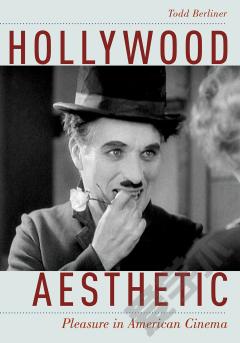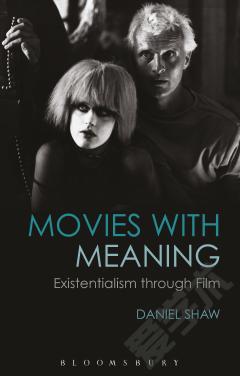The Aesthetic Pleasures of Girl Teen Film
What is âfunâ about the Hollywood version of girlhood? What kinds of pleasure does this version of girlhood invite us to enjoy? Through re-evaluating notions of pleasure and fun, this thesis forms a study of Hollywood girl teen films between 2000-2010. The aesthetic dimensions of commercial girl teen films are particularly underexplored. This study identifies the key aesthetics of girl teen film and articulates the specific types of tactile and kinaesthetic pleasures they are designed to create. Working outside of gendered hierarchies of pleasure and aesthetics, the thesis focuses on âlook and feelâ. The study draws on recent literature that prioritises the relationship between film, the body, and affect, in conjunction with Susanne Langerâs (1953, 1957) concept and Richard Dyerâs (2002) application of âembodiments of feelingâ, to present a new way of understanding the âfunâ in girl teen films. After situating the thesis in a film studies context, the five core chapters each examine recurrent moments of âfunâ and fundamental aesthetic pleasures found in these films. The opening chapter explores the influence of âCinderellaâs Pleasuresâ on girl teen film as a fairy tale framework in which pleasure is the main concern and character visibility is the central reward. I suggest that the Cinderella character-icon is adorned in ways that invite audiences to enjoy the tactile pleasures of accessories and clothing. In the second chapter tactility is also central to the âCelebrity Glamourâ that surrounds the girls in these films and, defining glamour, I consider the ways that visibility, space, and place are constructed as appealing. In âSporting Pleasuresâ I analyse the ways that the body of the Cinderella character-icon is itself a surface, rendered to generate kinaesthetic pleasures grounded in physical work, perfection, and collective synchrony. This interest in the potential to generate kinaesthetic pleasures continues in the chapter on âMusical Addressâ, which examines how the musical numbers in these films draw on the pleasures and capacities of the body in relation to music and dance. The final chapter brings all of the key moments of âfunâ together and I analyse the relationship between music, dance, image, and the body in more detail: exploring how âMusic Video Aestheticsâ generate the feelings of music and dance to make a spectacle of âeverydayâ, âfeminineâ activities. This research develops a new way of exploring âfeminineâ forms of popular culture. It questions the gendered hierarchies of pleasure that scholarship often maintains, articulates the âfunâ version of girlhood that Hollywood presents, and offers an understanding of the kinds of physical and affective pleasures that these films invite us to enjoy.
{{comment.content}}








 京公网安备 11010802027623号
京公网安备 11010802027623号